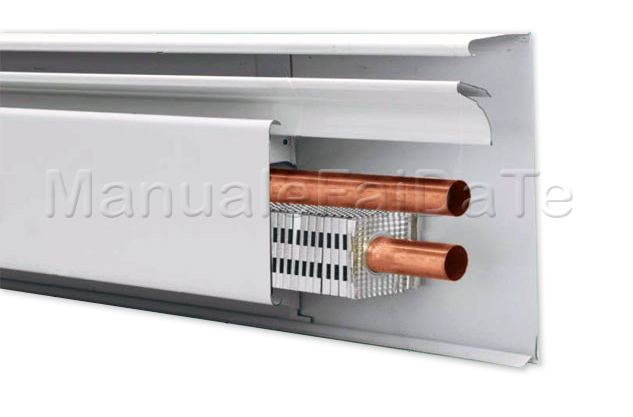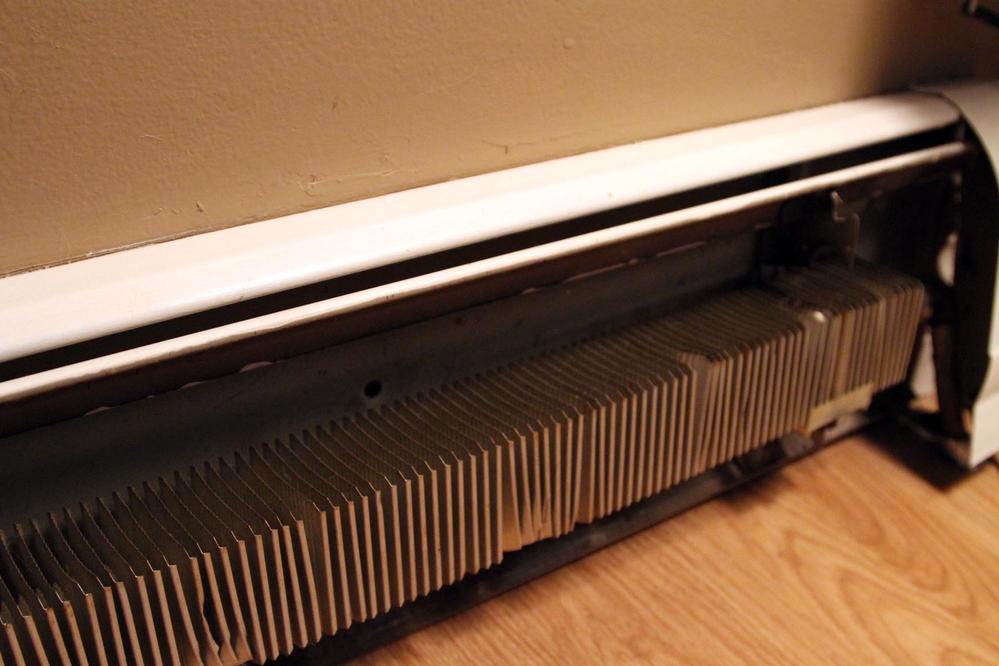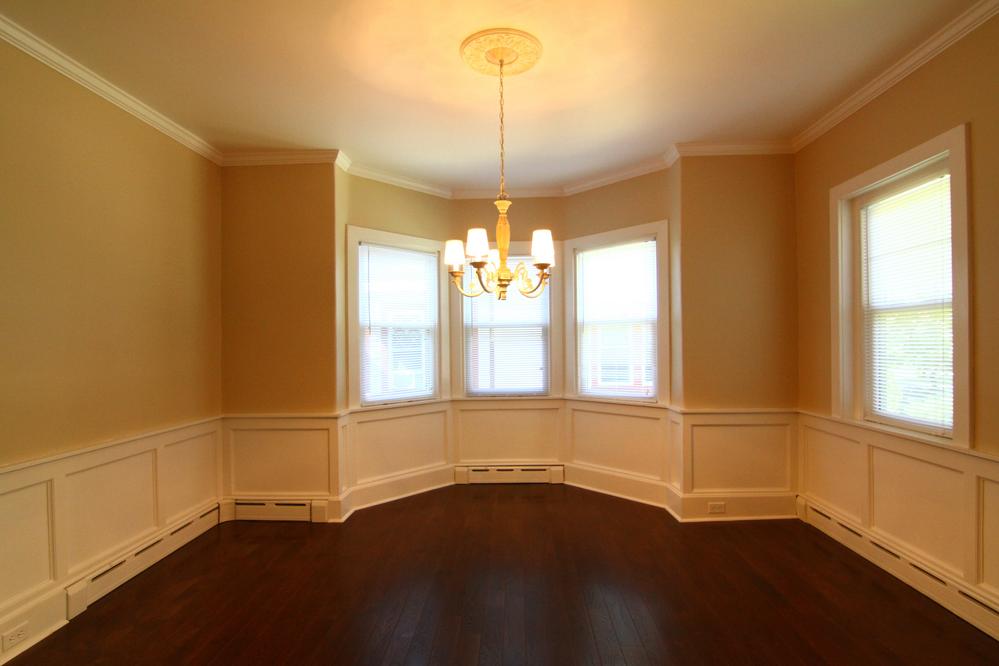
The plinth or skirting radiators were invented in the United States and were imported into Europe, and specifically in Germany, in 1953 but, while perfecting the model and applying it in some installations, it did not spread as a heating system.
Also in Italy this system was imported in 1966 but even here it was not appreciated and used.
Today, with the spread of bio-ecological architecture, the base-boards radiators have been re-evaluated especially in Germany.
The system includes a pair of copper pipes (round-trip) that runs in the corner formed by the wall and the floor, on the colder walls, threaded into many radiant aluminum slats placed about two hundred per meter: the water temperature ranges from 45 to 80 ° C.

To put it briefly, it is a very long radiator which brings the thermal equilibrium point to about 1.5-2 m.
An advantage of baseboard radiators, in addition to being economical, consists in avoiding thermal bridges of the perimeter walls that remain more isolated.
The pipes of traditional radiators under a window often pass through a single plank of brick. This creates a leakage point as the wall at the radiator loses insulating power.
A defect instead of this system is the footprint on the ground where tendentially the furniture is leaning against, which can create some furnishing difficulties.
